5 Ways to Ease Lower Back Pain
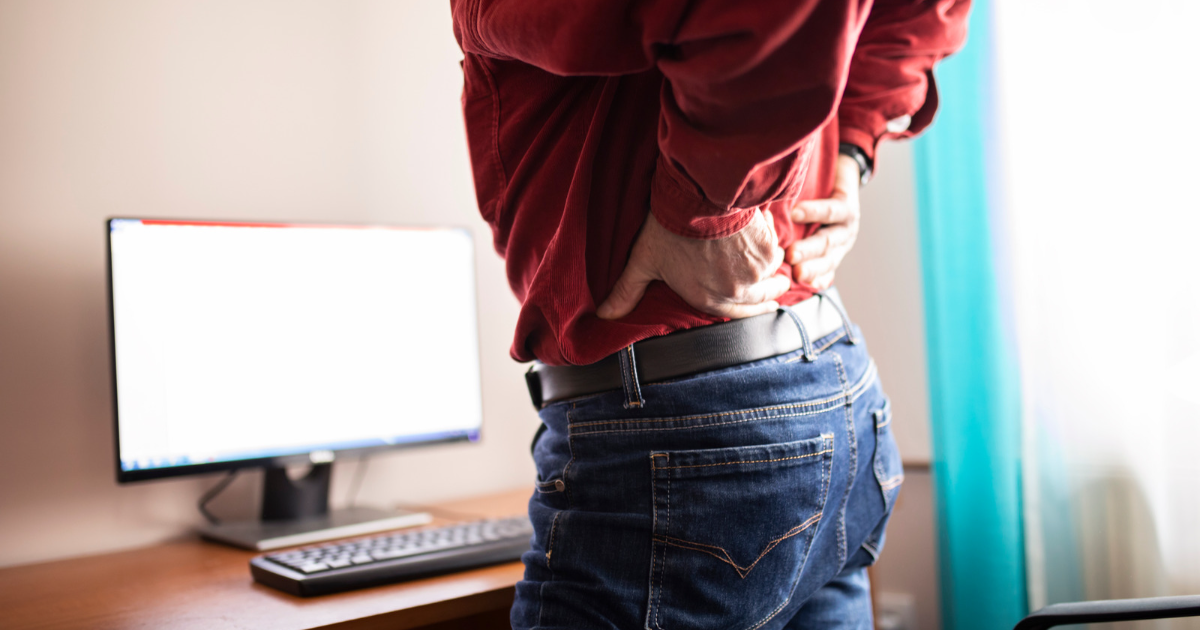
The "everyday" ache
Most have experienced the pain in their lower back when they sit, or stand, and don't even think about trying to roll over in bed... ouch! Lower back pain can be debilitating, incapacitating and outright painful! But never fear; we will give you five things you can do at home to help manage your pain.
Lower back pain is the most common musculoskeletal complaint worldwide. It is estimated that up to 85% of all adults will experience low back pain at some point during their lifetime (Australian Institute of Health and Welfare, 2019). In most cases, acute low back pain is caused by a strained or stretched muscle, and it can last anywhere from a couple of days to weeks.
5 Things you can do to Manage Lower Back Pain
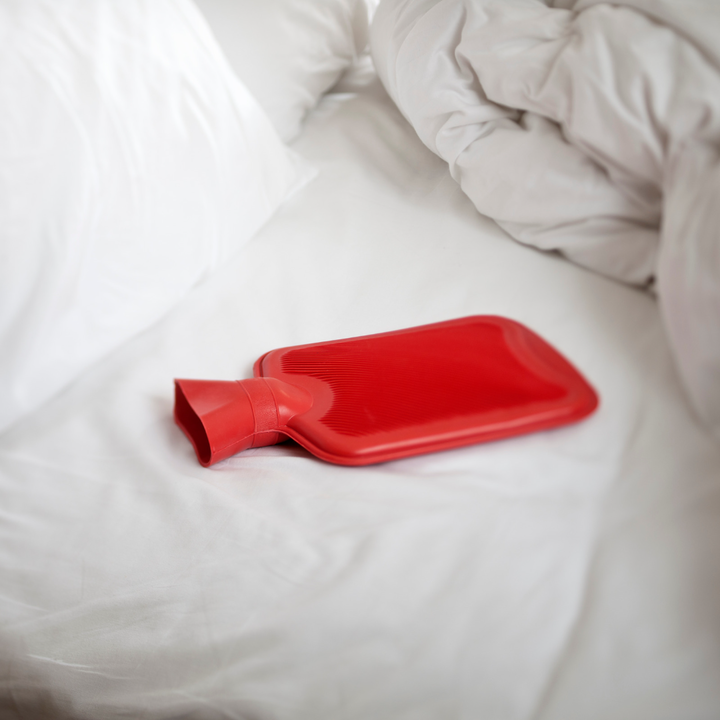
1. Use heat (wheat pack, hot water bottle, warm shower)
Applying heat to your back increases blood flow, ultimately reducing pain. Heat also helps the muscles relax, allowing you to move more freely, ensuring you can perform everyday activities. Heat can be applied at any time, as needed. For example, you can apply heat after an activity that has worsened your pain.
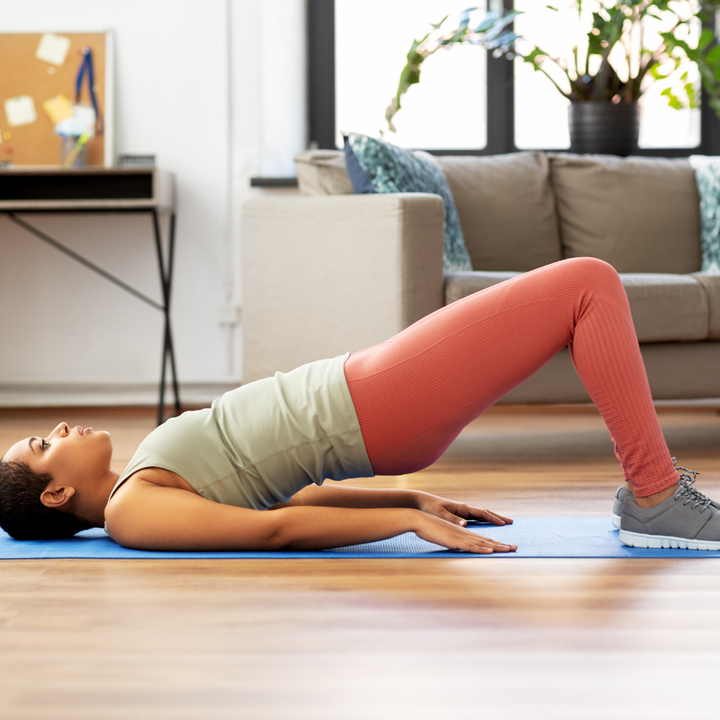
2. Gently Stretch
Your symptoms should not increase whilst performing these stretches. You should feel a slight stretch/uncomfortable feeling. However, do not move into pain! Perform each exercise slowly 2-3 times a day without forcing the movement for best results. Be sure to breathe through the exercises.
- Knees to chest
- Knee rocking
- Pelvic tilt
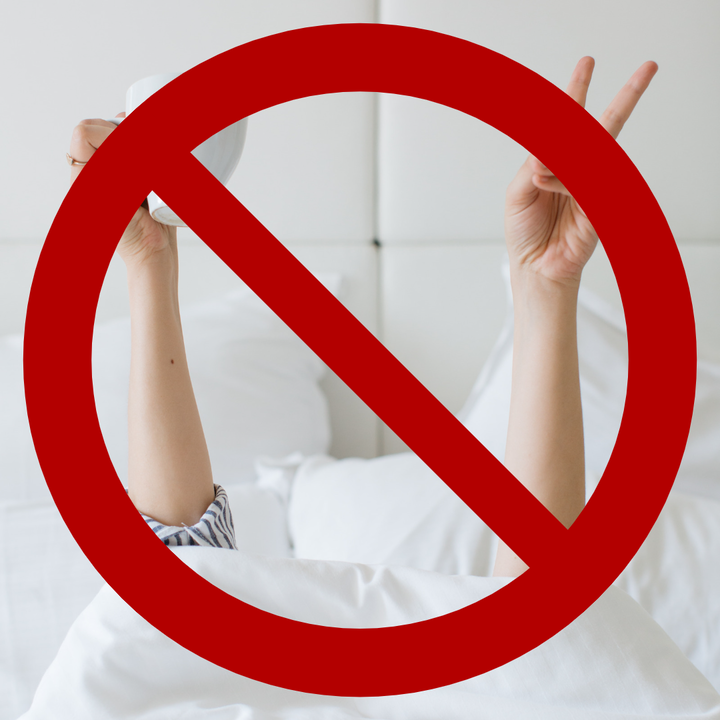
3. Avoid Bed Rest
When a body part hurts, most people try not to use it. However, for most types of back pain, staying in bed for long periods can cause further muscle weakness, tightness and pain. Staying in bed for too long can also slow the healing process and has been shown to worsen outcomes.
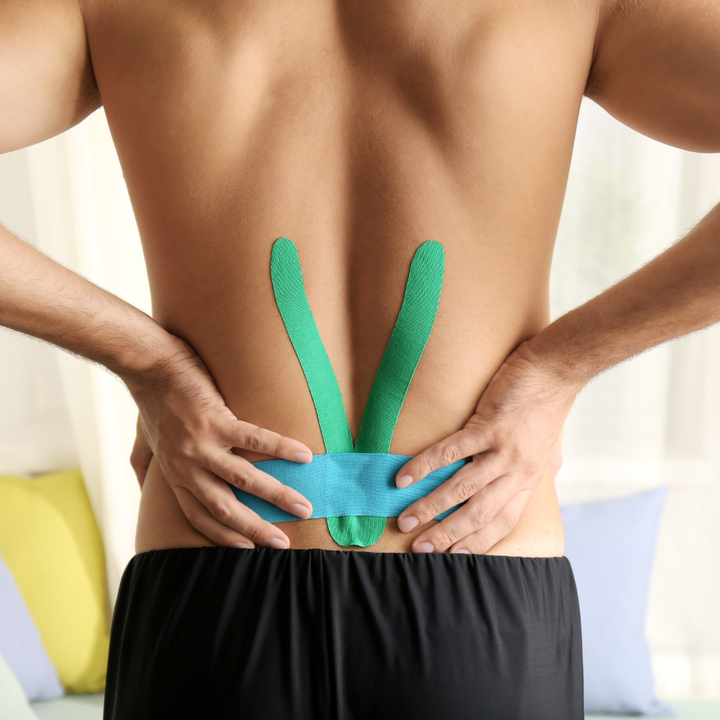
4. Taping
Can assist in relieving the pain and pressure from low back pain. Taping also provides feedback to your brain to maintain the correct posture and can increase circulation to promote the natural healing process.
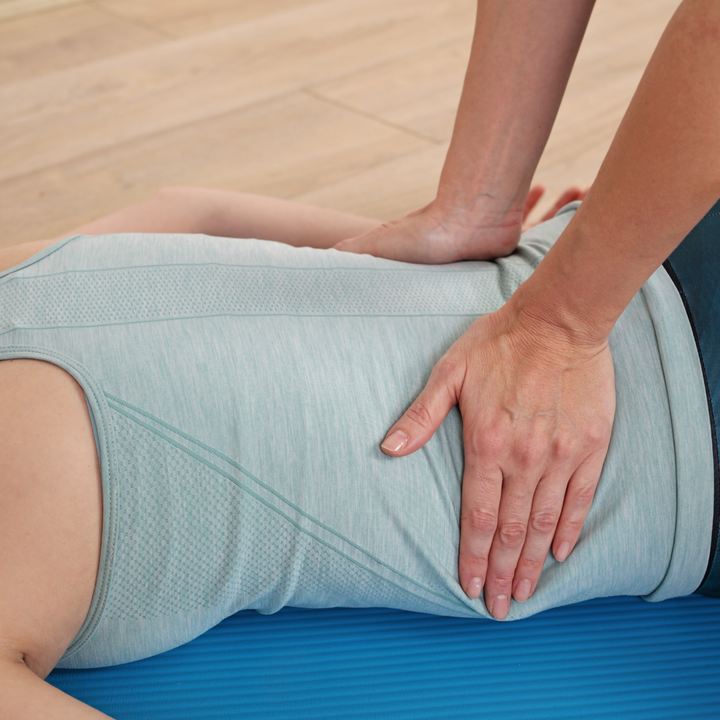
5. See a Physiotherapist!
A physiotherapist can offer you hands-on treatment to manage your pain flare-up as well as give you an individualised treatment plan to mitigate future flare-ups!